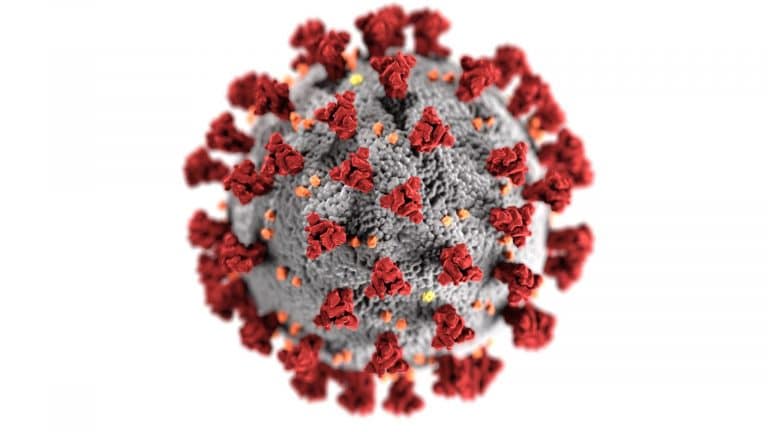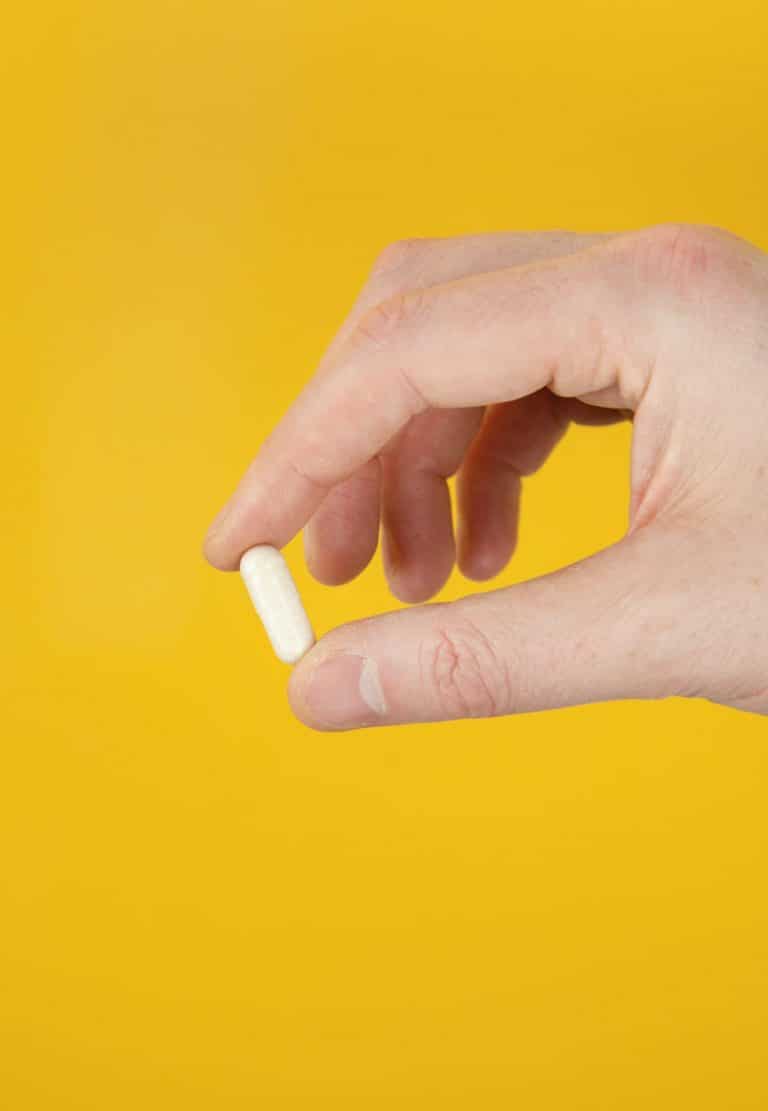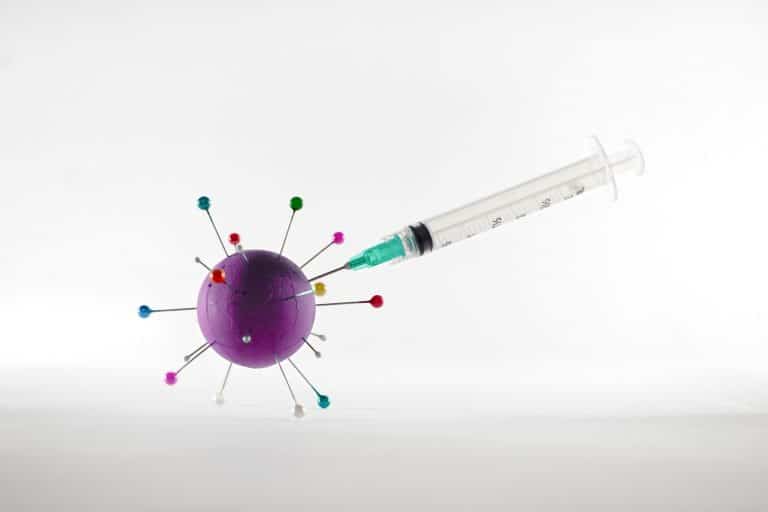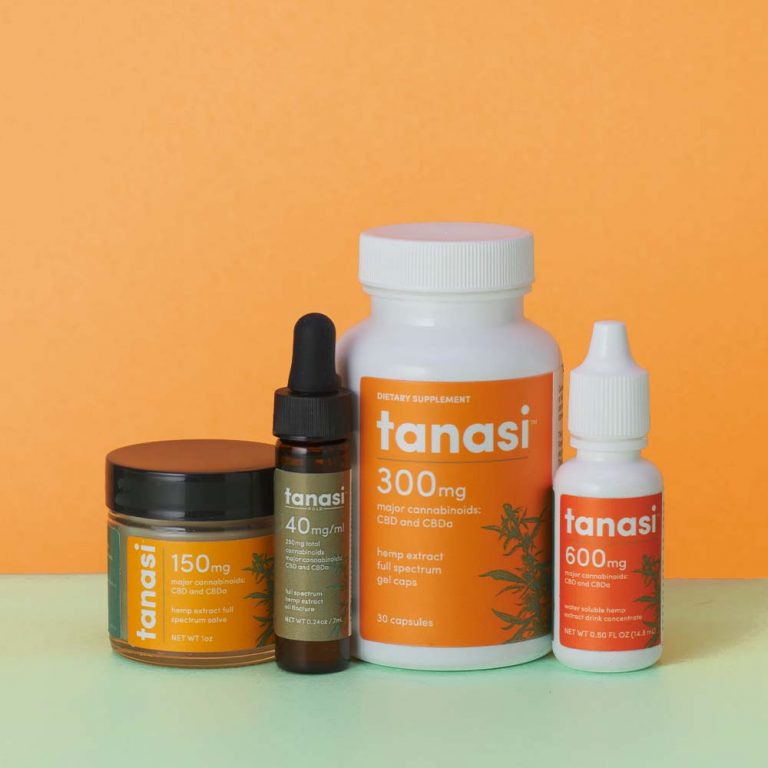CBD Transdermal Patches: What Are They and Do They Work?
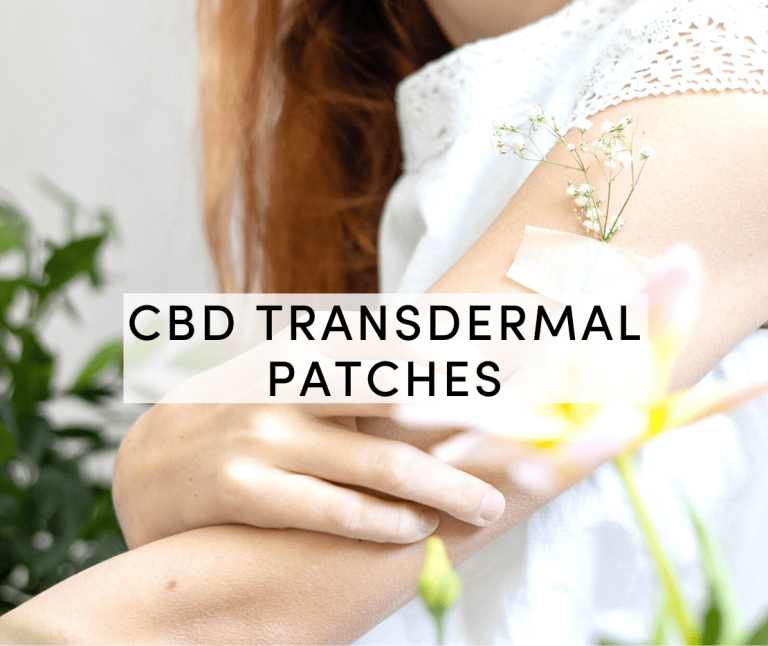
Posted on April 19th, 2021
CBD transdermal patches contain cannabidiol that releases slowly into the bloodstream through the skin. Some people prefer this delivery method of CBD compared to ingesting or vaping the substance. CBD patches have great potential for addressing chronic pain conditions. This article provides information on what CBD patches are and how they work.
What Are CBD Transdermal Patches?
A transdermal patch is a patch that contains medication or any supplement and attaches to your skin. The skin will absorb the drug from the patch over a certain period of time. A transdermal patch is a more comfortable and effective way of taking some medications compared to applying creams and ointments. Transdermal patches can administer a number of medications to the body. For instance, many use Clonidine patches to treat high blood pressure and Nicotine to help a person quit smoking. And CBD transdermal patches may help with anxiety and chronic pain conditions because they deliver CBD into your body. However, you need to use the patch properly for it to work effectively.
 How Does A Transdermal Patch Work?
How Does A Transdermal Patch Work?
A transdermal patch works by delivering the medication directly into the bloodstream through the skin of the patient. It delivers the medication quickly into the local area around the patch. From there, the medication will work its way into the bloodstream. This is a far more effective and quick method of delivering medications to the exact location of the issue.
For example, if you take medication orally, the compound should first pass through the digestive system of the patient. The body needs to break it down before absorbing the contents into the bloodstream. The body can simply excrete the medication as waste at times. Hence, much of an oral medication dose is lost in the digestive system. The transdermal patch delivers the medication directly through the skin into the bloodstream of the patient. It allows the medication to bypass the digestive tract and increase the bioavailability of the product.
Uses of a Transdermal Patch
A transdermal patch is a medicated adhesive patch that delivers medication directly into the bloodstream through the skin of the patient. It is quick and effective in providing instant relief for many health conditions. It promotes healing to an injured area of the body. The patch will provide an even release of the medication into the patient. Only medications that have small molecules that can penetrate through the skin are useful in this method. For example, Clonidine and nicotine have chemical compositions small enough to enter through the skin. CBD transdermal patches are also effective for this reason.
Why Some Prefer A Transdermal Patch
Many people prefer this method of drug delivery because it is easy, effective, and isn’t messy like ointments are. Transdermal patches deliver medications directly into the bloodstream of the patient. It provides a controlled release of medication to the patient. The method is highly effective because the drug doesn’t have to go through the digestive system. It improves the effectiveness of the drug due to efficient delivery times.
Common Transdermal Patches
There are different types of transdermal patches available in the market today. The most popular patches are:
. Duragesic (fentanyl)
. Androderm (testosterone)
. Nitrodisc (Nitroglycerine)
. Catapres-TTS (clonidine)
. Nicotrol (nicotine)
. Habitraol (nicotine)
. Lidoderm (lidocaine)
. Transderm Scop (scopolamine)
. CBD (cannabidiol)
What Are Cannabinoids?
Cannabinoids are chemical compounds present in cannabis plants. These compounds have potential medicinal benefits to provide relief for a wide array of symptoms including nausea, pain, anxiety, and inflammation. Cannabinoids that exist in plants are called phytocannabinoids. On the other hand, the human body produces its own cannabinoids which are called endocannabinoids. The therapeutic magic potential of cannabinoids is they imitate the actions of endocannabinoids to promote homeostasis in the body. CBD (cannabidiol) and THC (tetrahydrocannabinol) are the most popular cannabinoids of the plant. They account for over 70% of the total cannabinoids in the plant which amounts to about 115. THC has psychoactive properties to make a person high whereas CBD doesn’t have these properties and doesn’t make a person high.
What Is CBD?
CBD is short for cannabidiol. Cannabidiol is the second-most prevalent cannabinoid that naturally occurs in the cannabis plant. It has numerous health benefits without the psychoactive properties of THC (tetrahydrocannabinol). While THC makes a person high, CBD doesn’t do that. That is why CBD transdermal patches can be such a great alternative for treating various health conditions like chronic pain, anxiety, seizures, and acne. CBD comes in various forms such as crystals, wax, isolate, CBD oil, gummies, vapes, and edibles.
Benefits of CBD Transdermal Patches
CBD may help people living with numerous health conditions including anxiety, stress, asthma, chronic pain, seizures, and cardiovascular problems. CBD does these things without causing the high that THC does. Many people also love CBD because it helps them avoid side effects of many pharmaceutical drugs. A 2013 study found that CBD is highly effective in treating some types of traumatic or stressful experiences. Researchers discovered that the compound could minimize the stress receptors in the hippocampus. These studies show the potency of CBD when addressing mental disorders such as stress and anxiety.
Many studies have proven the effectiveness of cannabidiol for people with conditions such as asthma. In fact, it is considered one of the safest ways of addressing this chronic respiratory illness that affects millions of Americans every year. The FDA has legally approved the oral administration of cannabidiol for treating seizures associated with certain childhood epileptic conditions. CBD has anticonvulsant properties to control seizures and provide relief to children suffering from epilepsy. The anti-inflammatory and antioxidative properties of CBD help minimize the risks from high blood pressure and several other heart conditions. A British research team discovered in 2014 that cannabis oil can help reduce chances of some cardiovascular diseases, including atherosclerosis, heart attacks, and strokes.
 How Does CBD Work?
How Does CBD Work?
Cannabinoid receptors in the human body are responsible for regulating a wide variety of processes including appetite, pain sensation, mood, and memory. The endocannabinoid system or ECS interacts with natural cannabinoids (endocannabinoids) in the body. Also, the system can interact with phytocannabinoids or plant cannabinoids such as CBD and THC. CBD activates the receptors in the central nervous system and brain to maintain homeostasis.
In fact, CBD activates receptors that include the 5-HT1A (hydroxytryptamine) serotonin receptor, adenosine receptors, vanilloid receptor, PPARs, and GPR55 to perform its functions. CBD could act as a neurotransmitter and demonstrates anti-inflammatory and antioxidant properties. It provides the users with a host of benefits ranging from anxiety relief and muscle pain relief to better sleep.
CBD Delivery Methods
CBD can enter the body in several ways. Some of these delivery methods are more effective than others. Here are some of the most common CBD delivery methods:
Sublingual – Placing the CBD product under the tongue is one delivery method. It provides high bioavailability because it enters the bloodstream before the digestive system. However, it requires you to hold the oil in your mouth for a minute or so.
Ingesting – Ingesting the product orally is a popular method of CBD delivery. There are gummies, drinks, edibles, and capsules you can ingest. However, using CBD orally can take up to two hours to feel the effects of the product.
Vaping/Smoking – Vaping and smoking are other efficient methods of CBD delivery. Inhaling CBD gets it into the body through the lungs, which absorb it very quickly. Vaping involves liquified versions of CBD, while smoking involves flowers from hemp plants. But keep in mind, smoking can cause lung damage over long periods of time.
Topically – CBD can also absorb into the skin. Cannabidiol patches are the most effective topical solution to treat different conditions.
CBD Transdermal Patches
CBD transdermal patches are some of the most effective CBD delivery methods out there today. The patch contains CBD and directly releases the compounds slowly into the bloodstream of the patient through his or her skin. Hence, this delivery method is quick and effective compared to most of the other methods because CBD doesn’t have to go through the digestive system of the user. The cannabinoid receptors in your skin are the reason the CBD is effective. It activates these receptors and starts a “conversation” that tells your body to reduce your pain perception.
Patches are one of the most effective methods of treating localized chronic pain conditions. The reason being cannabinoids act quickly to relieve your pain when in the form of a transdermal patch. For example, most of the CBD patches claim to provide relief within 45 minutes to 1 hour once you put it on. Additionally, each one could last for 4-6 hours.
Final Thoughts
As you can see, there are several reasons to give CBD transdermal patches a try. For instance, they don’t make a mess like ointments can, they act quickly, and they last a while. On the other hand, many people do not know about these products. So if you are interested in trying them, ask your doctor about them. However, be cautious if you are already taking other prescription medicines.

